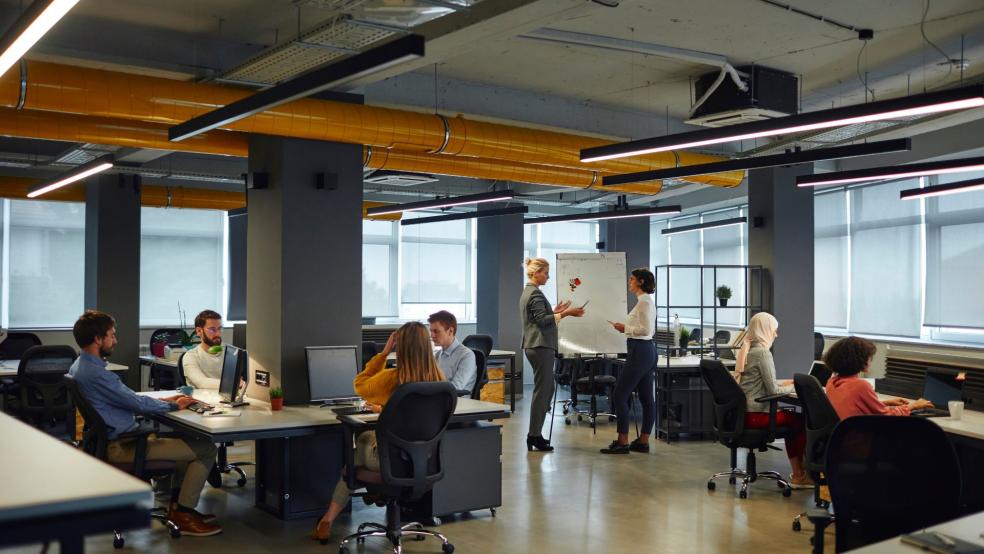
Third Space Revolution in Community Planning by Ananya Banerjee – Director and Head of Design at Boyer (part of Leaders Romans Group)
The traditional housing estate – the standard product of most developers’ output for the past half century – is nearly over. Development has evolved from being solely residential, to a more integrated product, more community-orientated and more befitting of local areas’ specific needs.
Although the trend towards genuinely sustainable communities has been emerging for some time, it was undoubtedly hastened by the pandemic as ‘community’ took on a new meaning and the ban on unnecessary travel created a need for easy access to daily facilities. This was further exacerbated by flexible working and spending more time at home. Therein lies the emergence of the 15-minute neighbourhood. But there’s more to it than being within easy walking distance of a shop - although, as Department of Transport research shows, this alone has substantial potential to make developments safer, cleaner and more sustainable.
The next step – one which my clients are already embracing enthusiastically – is the inclusion of a hub or community incubator space on a new scheme. With the potential to provide a community service, a workplace, energy efficiency and much more, all under one-roof, this innovation is driving genuinely sustainable communities today and is being positively received by local authorities. Even in our local communities and town centres, this model is picking up pace in all forms, providing a multi-functional community hub which has the potential to house workspace for SMEs and start-ups, nano breweries, bike hire facilities, rapid electric charging points and much more.
A key player in this market is the Plunkett Foundation which is showing how community facilities can be maintained and managed. Plunkett has been inspiring and empowering rural communities for over a century, demonstrating that the aspiration to ‘create a sustainable initiative that will make your community a better place to live’ is an enduring value rather than a knee-jerk reaction to Covid. Specifically, Plunkett has spent the last decade developing and delivering major programmes which provide business support to help start-ups and runs a range of community businesses. Another initiative is the creation of the Community Business Team, which aimed to provide a one-stop shop for all forms of community business at all stages of their journey. Similar case studies could also include Cassia and Incuhive. With hubs across the country, they are leading the way in offering everything under one-roof and create connected spaces to work, socialise and be healthy.
As masterplanners, this is having a direct impact in relation to how we think, plan and make our future communities resilient. In one of our projects, we have been fortunate to collaborate with SNRG at the early stages. A by-product of British Gas owner Centrica, SNRG is leading the way with the emerging concept of EMC (Energy Mobility and Community) Hubs with sustainable energy generation and use, low carbon travel and community cohesion at their core. We are increasingly looking at new sites which will prioritise the 15-minute neighbourhood model, and are exploring possibilities for a community incubator space integrated within the landscape-led design principles. For larger communities, we are ensuring that each hub is placed within a 10-minute walking distance to all homes, therefore creating a community of neighbourhoods each with its own distinct identity whilst being integrated as part of a bigger whole. This physically ushers in the third space revolution with new masterplans.
With participation from enlightened landowners, community-spirited masterplanners, developers and local investors, this ‘third space revolution’ has considerable potential to create genuinely sustainable environments, which will prove crucial to community ownership and a holistic ESG (environmental and social governance) model for new settlements. The value to our clients extends from meeting ESG requirements, to regenerating the wider area, creating financial value and stewardship in the community and creating sustainable and genuinely happy places to live, work and visit.










